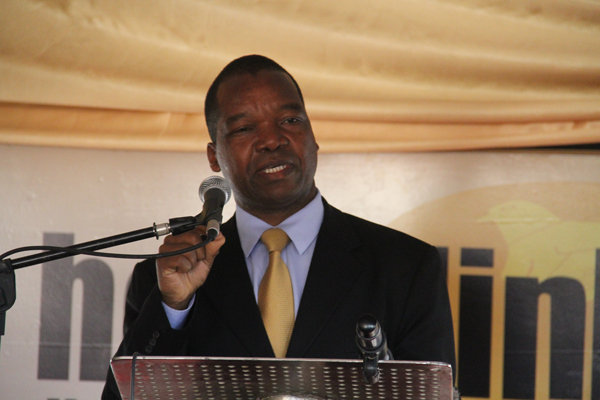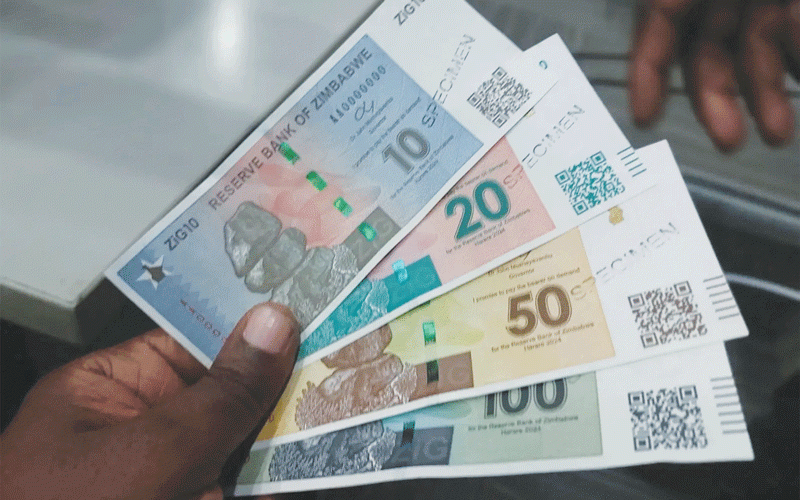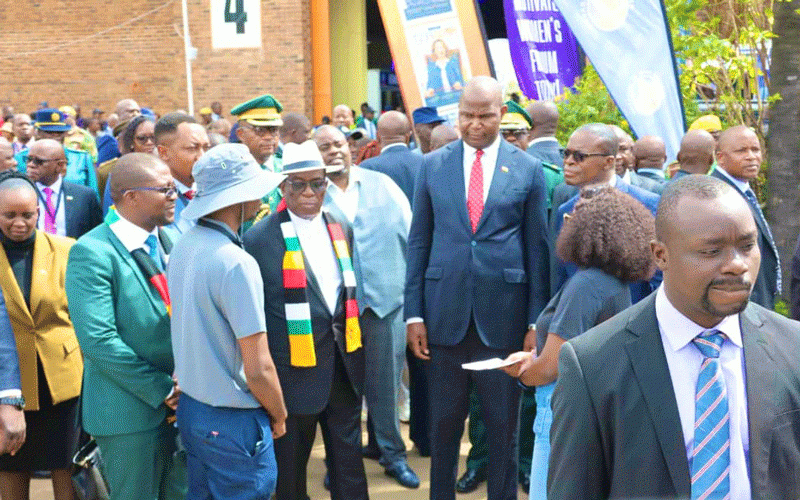
A boutique along Harare’s Leopold Takawira Street has two prices for a three-piece suit: $200 for cash and $220 for electronic money transfer.
BY NDAMU SANDU
A stone’s throw away, another shop sells a pair of shoes for $100 (cash) and $115 for those using plastic money.
In Graniteside, a car battery retailer has three prices for original US dollars cash, bond notes and plastic money transactions.
The practice of differentiating prices started in the fuel sector but has now spread to other sectors of the economy.
It is disguised as discounts on cash transactions yet it is an unscrupulous way of rejecting plastic money in favour of hard cash — a practice that is derailing plans for a cashless economy.
The Reserve Bank of Zimbabwe (RBZ) is pushing to have at least 80% of transactions in the economy to be cashless by 2020.
Discounts for dollar transactions can go as far as 20% while discounts for US dollar versus bond notes are around 10%.
- Chamisa under fire over US$120K donation
- Mavhunga puts DeMbare into Chibuku quarterfinals
- Pension funds bet on Cabora Bassa oilfields
- Councils defy govt fire tender directive
Keep Reading
An industrialist said they were being forced to resort to that route to mobilise hard currency for imports.
“If you go to the bank and you ask them to transfer money to a foreign supplier, they will tell you that there are no dollars or they ask you to join the queue and banks will be using the import priority list.
“If you bring the dollars, they will fund the nostros and process your payment,” he said.
“To comply with the rules, we give consumers the option to swipe. The bond notes generated from sales will be used to buy the dollars while we pay duty and other local services through electronic payments.”
Companies are grappling with foreign currency shortages, which has impacted on the importation of key raw materials due to the depleting nostros on the back of low exports.
A banker said the discount on cash was the legacy of a cash economy.
“Most traders want cash because it gives them access to dollars, so it’s a way of traders wanting to accumulate dollars in hard cash to finance imports,” he said.
“Electronic transactions have an indestructible audit trail because the transaction is recorded in one’s bank account, so traders are also afraid of the Zimra [Zimbabwe Revenue Authority].
“Cash transactions can be hidden by simply destroying all sales records so one can completely evade tax.”
The banker said a number of traders who demanded cash in transactions were not remitting value added tax (VAT).
“This VAT becomes free profit for them … some are not charging or are pretending to charge VAT by offering lower prices to customers, undercutting big retailers who cannot manipulate the VAT system,” the banker said.
He said big retailers could not follow the same modus operandi but could raise prices to cushion themselves against exchange rate losses whenever they want the foreign currency to import.
In his recent monetary policy statement, RBZ governor John Mangudya directed banks to preserve the parity of bond notes to dollars.
This, he said, should be done through ensuring there was bond note deposits into the dollar accounts without requesting the banking public to differentiate between bond notes and US$ cash.
“This measure is essential to ensure that bond notes continue to trade at parity with the US$ and to reflect the fact that bond notes are supported by the $200 million offshore facility to support the demand for foreign exchange attributable to bond notes,” Mangudya said.
But analysts say the market was the only arbiter.
“The market is reassessing the currency. This has been worsened by the fact that the terms of the $200 million facility have never been revealed,” a banking executive said.
Economist Moses Chundu said market correction was in place, adding that when authorities interfered with the market, rational economic agents had a way of behaving to restore equilibrium.
“What is being called 20% discounted price is in fact the normal price,” he said.
“The bond notes 10% and the ‘normal’ price reflect premiums on the exchange rate, or put simply, the market’s valuation of our money contrary to the parity exchange rates of 1:1 given by law.
“In other words, the true US$ [cash] is trading at 1,25 against the RTGs [plastic money] and at 1,125 against the bond note,” Chundu added.
“These three can only be at par if they are equally available on demand and if economic agents are free to use either of the three out of choice.”
He said the choice of which of the “three one uses is a matter of availability, so we cannot say one will be disadvantaged. There are simply three de facto currencies and the exchange rates [in this case discount rates] will adjust until one is indifferent as to which of the three to use”.
“Only those with unfair access to the dollar are likely to enjoy arbitrage gains.”
Economist Prosper Chitambara told Standardbusiness the high level of informality had affected the use of plastic money.
“When 95% of the economy is informal, it will affect the effectiveness of the uptake of formal sector financial mediation products,” he said.
Zimbabwe adopted the multi-currency system in 2009 after the local dollar was ravished by hyperinflation that peaked at over 1 000 000 000%.










